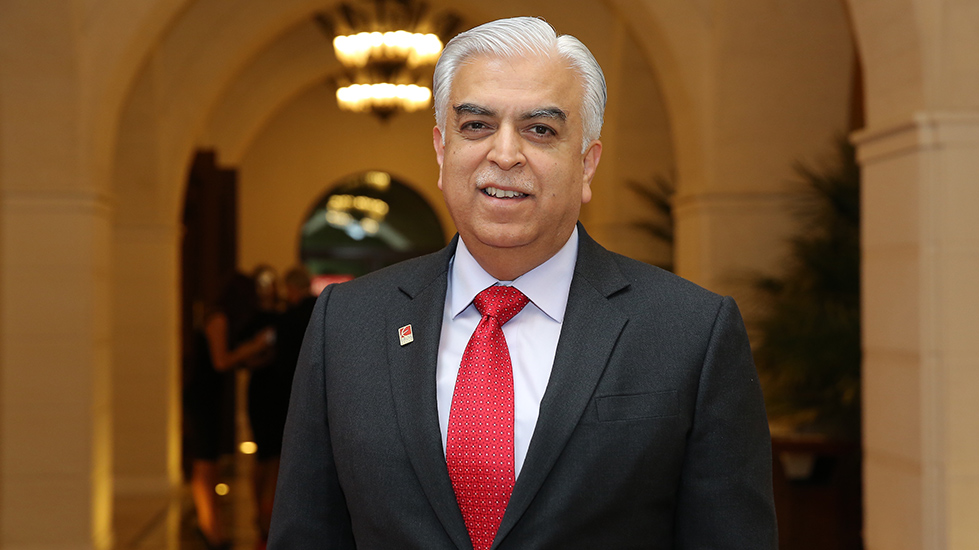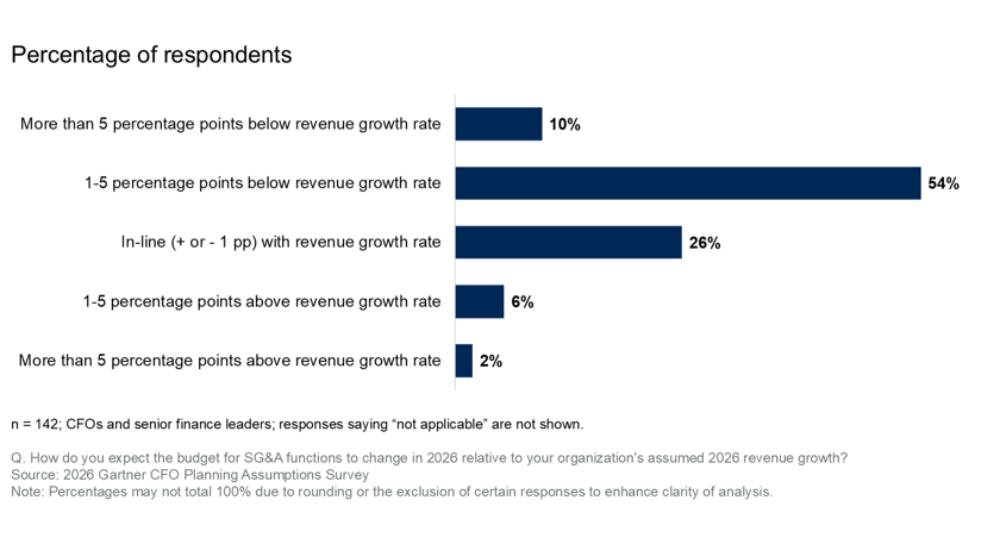The human race has time and time again shown phenomenal grit and resilience, observes Niranjan Gidwani, Independent Consultant Director and Former CEO of Eros Group.
As we come to the end of 2020, and reflect back over the past several months, we realise that the world has gone through a truly surreal phase where the Covid-19 brought the world, its economies and its population to a virtual standstill, at least for a major part of the year. If a deeper assessment were to be done, one would realise that approximately 75% of the world cities where covid impacted in a major way is where a majority of migrant workers live and work.
Literally everything, from travel, tourism, airlines, hotels, restaurants, retail, real estate, shipping, trading, remittances, banking, entertainment, schooling, colleges, employment for passing out graduates, you name it, no one was spared, and no one is likely to forget the physical, mental, emotional, financial and material impact for quite some time. A special mention needs to be made of the medical warriors and essential workers who have been working tirelessly 24×7, putting themselves and their families at huge risk, more so because some mature as well as immature segments of society refuse to follow social distancing, masking and other protocols.
Globally, it has been seen that, while all businesses scampered to work out solutions to re-adjust costs and re-evaluate business scenarios, a lot of good decisions were also tied in with some unscrupulous calls, some taken unintentionally, but also a lot taken intentionally by using the Covid as an excuse for meeting personal, selfish agendas.
But, thankfully, the human race, by and large, has time and time again shown phenomenal grit and resilience. So, after the first few months, across the world, efforts were on to find newer and more innovative ways to stay afloat. The biggest beneficiary of the Covid experience has been the online and the digital world, and the world of technology, deep tech and artificial intelligence. Consumer perception, consumer behaviour and consumer demand are what keeps the business world going. A lot has changed in terms of how companies now need to communicate. A common mistake companies make is that they somehow subconsciously target communication towards a consumer who is outside their own organisations, not realising that their own employees are their first level potential customers. Therefore, any mismatch in their advertised communication vis-à-vis what their employees feel about the company would end up becoming a wasted expense. The same thumb rule applies to Governments and countries as well. Wherever the “Walking the Talk” is in line with the messaging, the results are much better.
Now, with the likelihood of a few vaccines being released soon, global organisations, governments and business entities need to start thinking about what is in store on the other side of the vaccine. The world could look very different, with different expectations, different regulations and value proposals. And the thinking process should have already started in earnest.
For quite a few products and brands, the Covid-19 caused huge supply chain disruptions, leading consumers to change their shopping behaviour, including trying different brands and stores. If these newer brands and stores have created a level of satisfaction in the consumers during the pandemic, then it will take significant effort to wean them back to their original preferences. Also, Value has been the main driver for 80% of the global population, and by all estimates, is likely to remain so at least for another 2-3 years, considering the fact that downsizing and pay cuts globally have been deep.
However, the top two to five percent of the world, where affluence levels are high, and where they have been stuck indoors, one can expect a serious surge in travel and buying, post the vaccine, and once global travel opens up. Since humans are extremely social by nature, the same thumb rule could be applied to eating out, luxury shopping, investing in experiential holidays, even more elaborate weddings and events, increased business for gyms, spas and wellness centres. The need to look and feel good, and be seen around is an inherent human trait.
In surveys taken across the world, more and more consumers have started buying from companies which have healthy and clean packaging, staff and practices, and where it can be seen that their employees are well taken care of during the pandemic.
While consumers at the bottom 80% of the global population pyramid will continue to concentrate more on essentials, Asia and the middle-east have already started seeing other categories move to a much more positive intent. A larger number of consumers are likely to make a larger share of their purchases online, and therefore those who have a more efficient and more service oriented delivery are likely to reap better benefits. It may be a good idea for shoe brands and distributors, for apparel brands and distributors, for luxury brands, electronics brands to explore “Display and trial experiences on wheels”. The concern would always be whether costs would justify the innovation. The same could be done for hairstyling salons and parlours on wheels. Pet shampoo and grooming services are already available on wheels.
One area which is surely not likely to go back to normal levels soon is the utilisation of office space. Therefore, it may be an interesting idea or proposition if landlords begin to adopt innovations like renting out office space on weekly or monthly charge basis. The concept already exists for service apartments for staying purposes, and if the younger generation lives on the premise of “living an experience over accumulating an asset”, maybe some innovative companies could come up with solutions. Ability and flexibility to get staff to work from home while reducing rentals in a low business period, and then calling them back and paying more rents in a high business cycle would be an innovative way to go.
Since Retailers are now having to move a lot of their product through online, there is always this worry whether third party last mile delivery companies will be able to cope up with timely and orderly deliveries. Hence blockbuster events should be spread out across the year, so that supply chains and shipments can be levelled out. For those who wish to avoid peaks and crowds while trying to revive brick-and-mortar retail, and for those organisations and malls who wish to project better distancing norms, it may be a good idea to give the same festival deals a little prior to, and may be even a little after the actual festival time instead of everyone following the same herd mentality around few dates.
A lot has been talked about omnichannel and digital. These two words, if talked often, will not get a business to become omnichannel. Covid has fast tracked the shift to online and digital, contactless payments in a big way, and a major reversal is unlikely. Hence, Investments in technology would be required. Yet, the investments cost money, with no guarantees of absolute success for all. The other side of the coin is that retailers need to find the fuel for growth so as to be able to invest in technology and the move to real omnichannel. This would mean reducing unwanted costs periodically. It may be a better practice to reduce salaries while keeping more employed than to reduce more employees. More secure employees speed up the buying process faster when good times come, while the ones who are laid off take longer to regain confidence to make unessential purchases.
While shifting spends towards digital and online marketing, organisations would do well to ensure that they have enough spends available on other addressable channels, keeping in mind the proportion mix of their business across channels, have enough of analytics and analysing and decision making capabilities available, and spending more than half of their overall budget in digital media.
Lastly, in the transition to digital and online, it becomes imperative that alliances are formed across borders in order to rope in similar partners across regions, thereby giving width and depth to the scale of business and justifying online and digital spends. Instead of hard competition, businesses are likely to move more towards “Cooperative Competition”.
The process of going digital is most of the times mistaken to be the adoption of a specific technology. It needs to be, and will have to be a transformation journey. Only those who have moved to such a journey plan will reap better benefits. The gap between aspiration and implementation will need to be closed rapidly.




